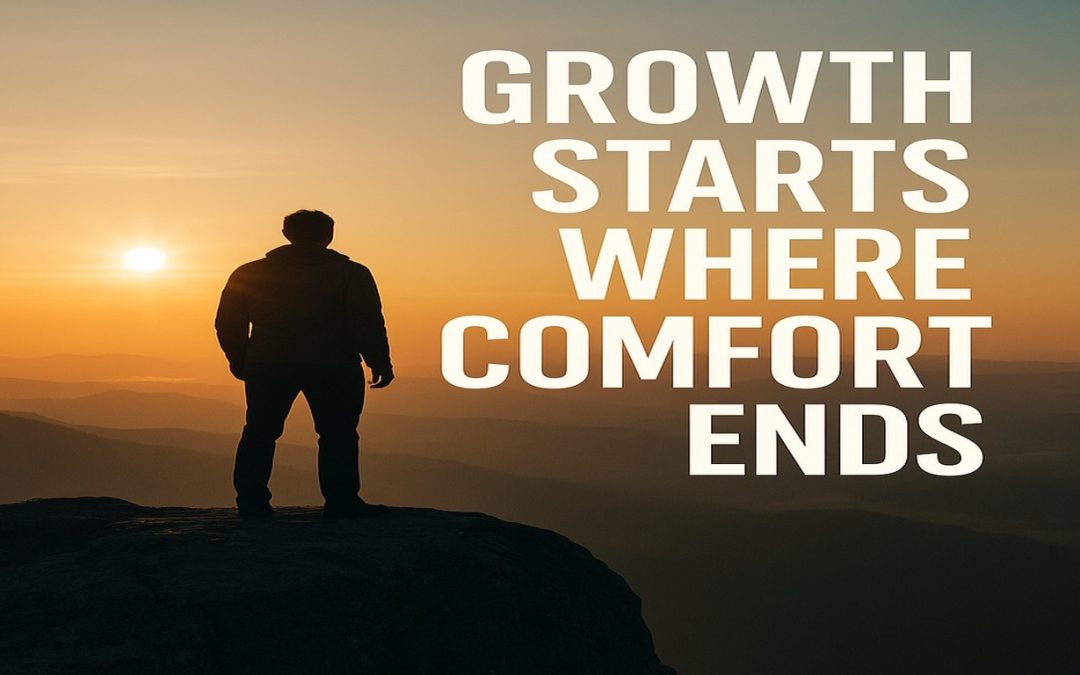Growth starts where comfort ends—leadership thrives in uncertainty.
Leadership Growth Strategies Lessons from a Mentor: The Wake-Up Call
One of my great mentors, Dr. Danny Drubin, had a simple way to cut through excuses. If he sensed I was stalling, he’d call and say only:“It’s time to get uncomfortable.” No pep talk. No hand-holding. Just a reminder that progress lives outside what feels safe. Every time I leaned into discomfort, growth followed.Why Discomfort Is a Leadership Superpower
Discomfort isn’t a problem—it’s a signal that learning and adaptation are happening. Neuroscience shows that pushing beyond the familiar heightens focus and creates the conditions for neuroplasticity—your brain’s ability to change and improve performance. See the research and practical tools from Dr. Andrew Huberman’s work on focus and learning (Huberman Lab).- Own a project with uncertain outcomes.
- Have the hard conversation you’ve delayed.
- Make the bold decision without a guaranteed safety net.
The Pain Principle: Why Growth Hurts Before It Helps
Like a return to the gym, leadership growth is uncomfortable at first. The “soreness” you feel during change is your leadership muscle rebuilding stronger. The Center for Creative Leadership’s 70–20–10 model shows that about 70% of leadership development comes from challenging assignments, not classrooms (CCL).Commitment: The Finisher’s Advantage
Starting is common; finishing is rare. Build staying power by:- Anchoring your why: tie the work to a purpose bigger than the discomfort.
- Planning for resistance: expect motivation dips and pre-decide your response.
- Tracking progress: score micro-wins so momentum becomes visible.
Small Wins, Big Impact: The Science of Short-Term Goals
Motivation fades; systems sustain. Research from Teresa Amabile and Steven Kramer shows that visible progress on meaningful work is one of the strongest drivers of engagement and creativity (Harvard Business Review). Try these short-term leadership goals over the next 30 days:- Hold 15-minute weekly 1:1s with each direct report, focused on obstacles and progress.
- Pilot one new customer engagement behavior and measure a single metric.
- Capture one actionable insight per week from a book, podcast, or peer—and apply it.
Your Leadership Challenge
Identify one area where you’ve been playing it safe. Take one bold step this week, and commit to continuing after the initial excitement fades. Growth isn’t about eliminating discomfort—it’s about navigating it with confidence. What’s one uncomfortable action you’ll take this week? Share it in the comments—I’d love to hear your story.Bring This Message to Your Team
Want a high-impact keynote or leadership workshop on building resilience, accountability, and momentum? Book Dr. Rick for your next event.

